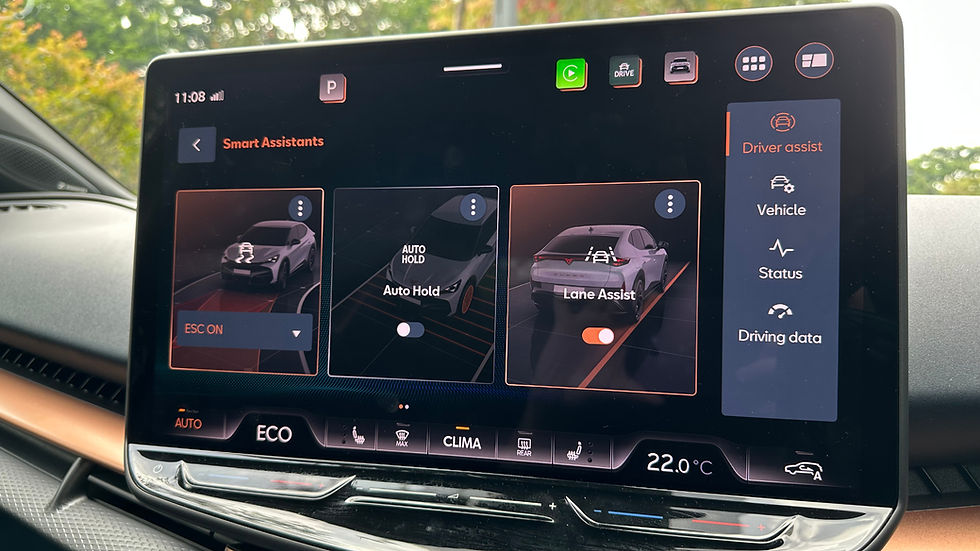Alibaba Group Holding’s semiconductor design unit, T-Head, has developed an artificial intelligence chip with capabilities matching Nvidia’s H20 graphics processing unit (GPU), according to a China Central Television (CCTV) report. This development offers fresh evidence that Chinese developers are designing advanced chips intended to replace imports.

The CCTV report, aired Tuesday, showcased T-Head’s PPU, an application-specific integrated circuit, during a performance benchmark where it was compared with Nvidia’s H20 and A800 GPUs. This comparison occurred during Premier Li Qiang’s visit to a China Unicom data centre in northwestern Qinghai province.
China Unicom briefed Premier Li on the use of mainland-developed chips within its infrastructure. This marked the first time a state broadcast highlighted Alibaba’s proficiency in semiconductor design.
Alibaba’s Hong Kong-listed shares closed 5.28% higher at HK$161.60 on Wednesday, following market attention to the CCTV report. Footage from CCTV displayed a chart comparing several locally designed AI accelerators with Nvidia’s two China-tailored GPUs, modified to comply with US tech export restrictions.

T-Head’s PPU card, which included 96 gigabytes of high-bandwidth memory per unit, matched Nvidia’s H20 and surpassed Huawei Technologies’ Ascend 910B. The Alibaba PPU card also featured a chip-to-chip bandwidth of 700 gigabytes per second, a high-speed Peripheral Component Interconnect Express standard, and a 400-watt power consumption, which was lower than the H20’s requirement.
Another chart in the broadcast detailed China Unicom’s contracts with four domestic chip providers, totalling 22,832 cards that provided 3,579 petaflops of computing speed. T-Head’s PPU cards accounted for 16,384 units of these contracts, supplying 1,945 petaflops.
The other suppliers to China Unicom included MetaX, a GPU start-up that collaborates with the Chinese Academy of Sciences; Biren Technology, a Shanghai-based AI chip designer; and Zhonghao Xinying Technology. Zhonghao Xinying was founded by former Google tensor processing unit engineer Yanggong Yifan.
Other chip suppliers mentioned in the CCTV report as potential partners were Tecorigin, a company based in Wuxi in eastern Jiangsu province; Moore Threads Technology; and Tencent Holdings-backed Enflame. China’s growing number of mainland AI chip suppliers lends credence to Alibaba CEO Eddie Wu Yongming’s statement during the firm’s earnings call last month.
Wu had assured that the company prepared "backup plans" to secure AI chip supplies. This was in response to US restrictions and heightened geopolitical tensions. The rapid expansion of AI development projects has significantly increased China’s demand for high-performance computing.
This demand has prompted local governments and telecoms network operators to invest in large-scale data centres for AI-related projects. Premier Li visited China Unicom’s Sanjiangyuan Green Energy Intelligent Computing Centre, valued at 2.77 billion yuan (USD 389 million).
This centre, which broke ground in Aug. 2024, spans 5.3 hectares. It will be constructed in four phases, with a total capacity exceeding 20,000 petaflops upon completion, according to a report by the local Qinghai Daily.
Alibaba's T-Head unit developed an AI chip, PPU, with capabilities matching Nvidia’s H20 GPU.
A CCTV report showcased the PPU’s performance, indicating China’s progress in advanced domestic chip design.
The PPU card matches Nvidia H20 performance and surpasses Huawei's Ascend 910B in certain metrics.
Source: SCMP























